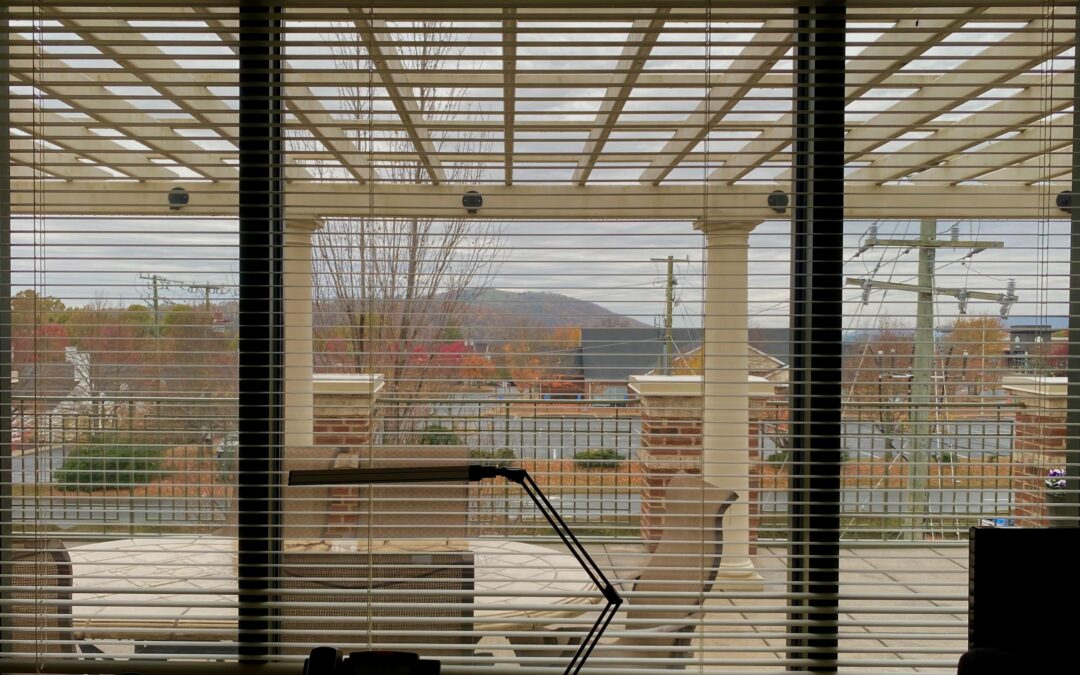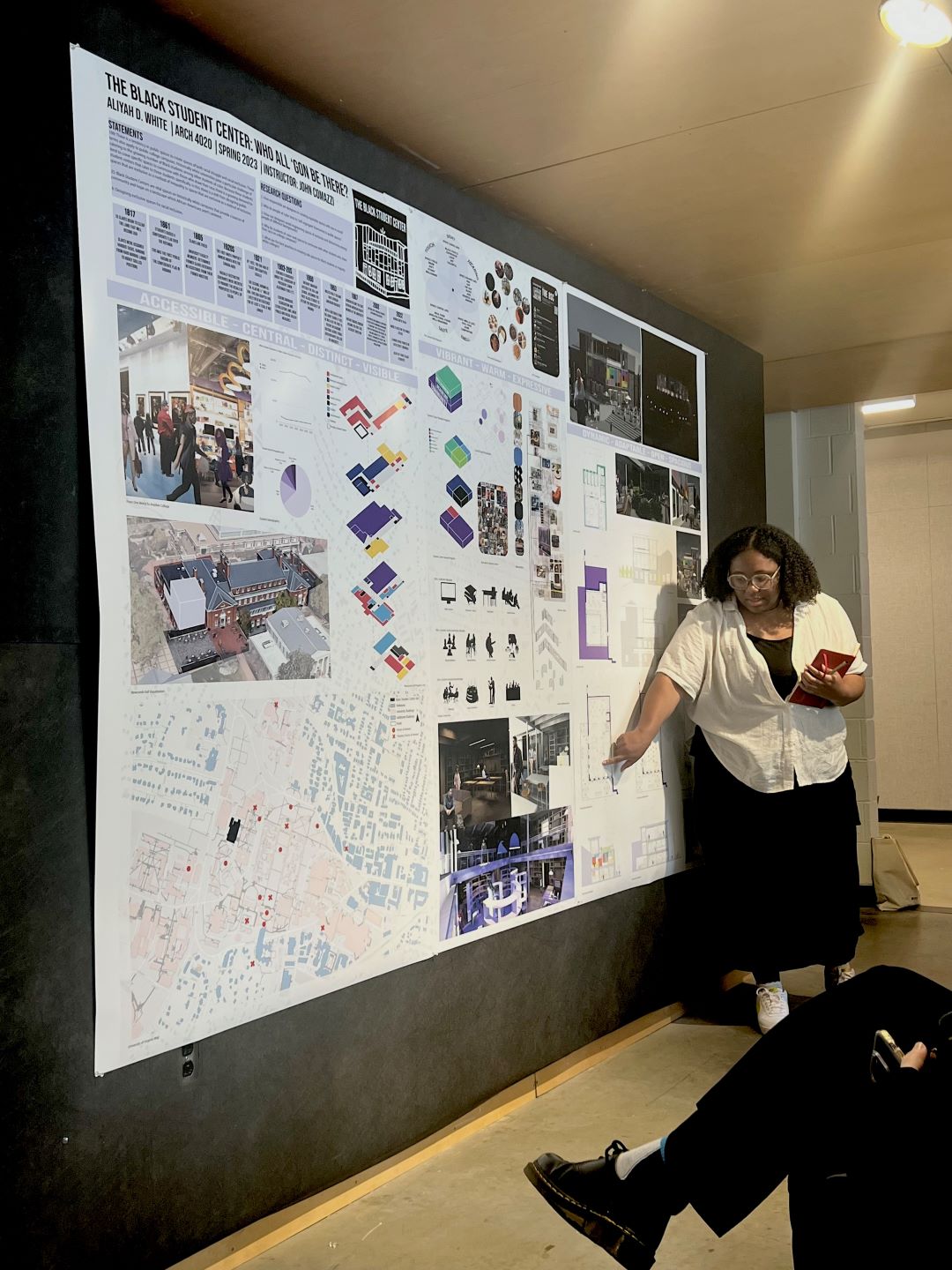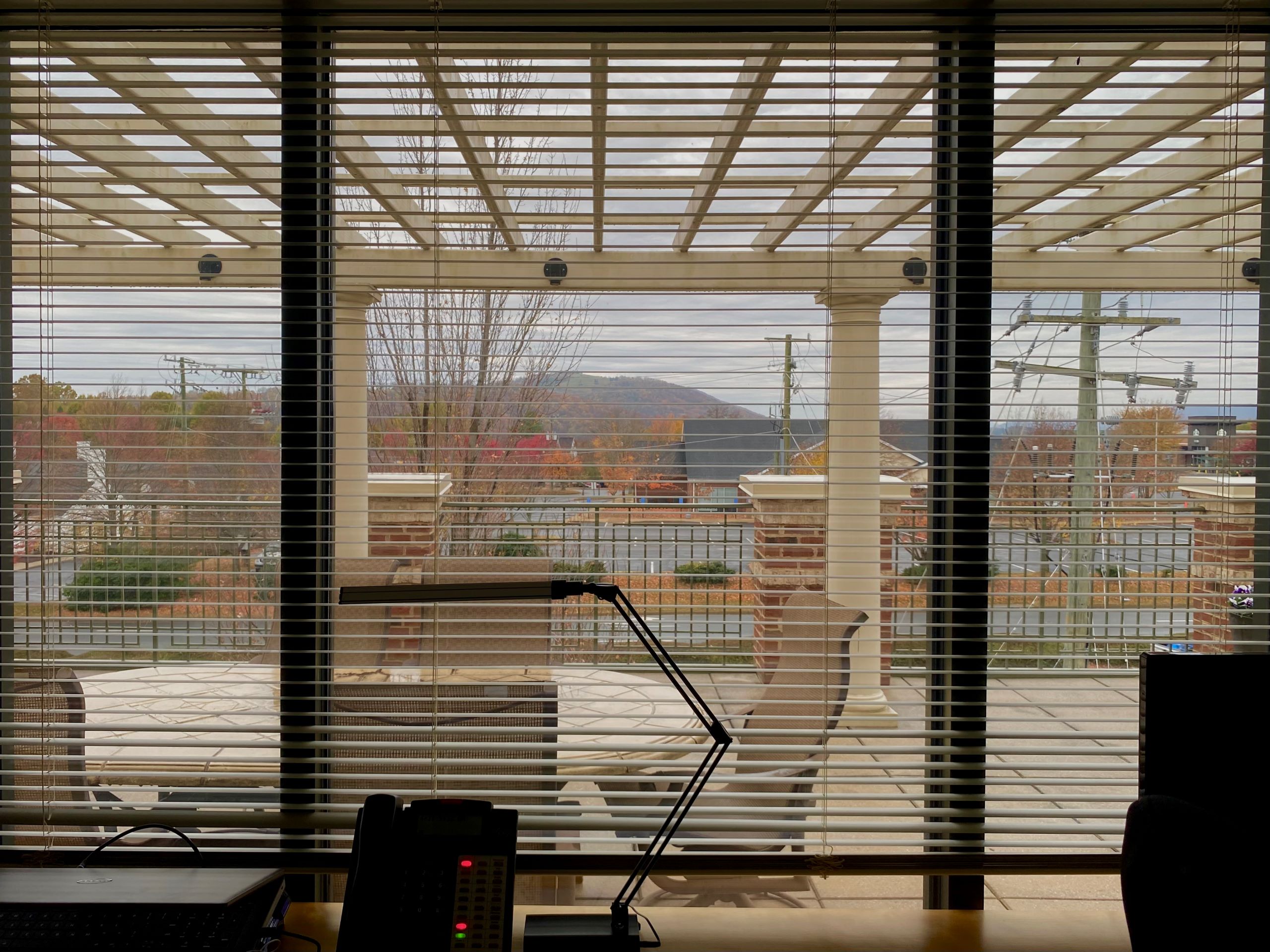
Finding Balance in Architecture School
By Aliyah D. White.
Now that I have earned my B.S. in architecture, I want to shed some light on the effect such a rigorous academic program can have on student health and offer some tips that helped me find balance in school. Architecture itself has been shown to have the capacity to positively affect mental health. However, being in school for it is a completely different story. During my time in school, I knew plenty of students who would work themselves sick in sustained periods of barely sleeping and eating, so here is some advice for students (and newbies to the workforce) that can also apply to people outside of the architecture field as well.
I always loved school when I was growing up, but when I became an architecture student, I found unexpected challenges in and out of the classroom. I was involved in multiple student organizations, doing research with professors, and working 2-3 jobs by my junior and senior years. Luckily for me, putting my physical and mental wellness high on my priorities list has become second nature after over ten years of practice. This is not the case for everyone. It is incredibly easy to fall victim to the unhealthy work culture that permeates architecture schools. Finding a good work-life balance is vital.
The most important thing I can say when it comes to work-life balance is this: GET SOME SLEEP. In my experience, all-nighters are not worth it, and there’s an abundance of evidence that lack of sleep, in whatever amount, is detrimental to your health. During my time in school, I only pulled two all-nighters. The first was in the fall of my second year at the beginning of the COVID-19 lockdown. It was also one of my first semesters learning how to use Rhino and Adobe Illustrator for architecture – and it was while I was home with my parents. It turned out to be harder and more time-consuming than I expected. I sat in my little corner of my mom’s home office and worked from 6 pm the night before my review to 8 am the next morning. By the end I had a project that has not seen the light of day since — and hopefully never will.
Avoiding all-nighters ended up being very beneficial for both my studies and my health. Making a schedule to track all of my assignments in and out of the classroom allowed me to efficiently meet deadlines, avoid overworking myself, and successfully complete my tasks. I kept strict boundaries for myself such as not letting what reviewers had to say about my work — whether negative or positive — affect me too much, avoiding comparing myself to my peers, not staying at my studio desk past 8 pm (a rule that I admittedly broke more often than I would have liked), and waking up before 9 am every day. Waking up early incentivized me to go to bed early as well, so most nights I got plenty of sleep. I avoided becoming obsessive over my schoolwork because I had other passions that needed taking care of. I personally do not operate well when there is only one activity, project, or interest occupying my mind.

Other than being sure to get plenty of sleep to fuel my studies and extracurriculars, I also found time to just exist. Studies show that the mind is the most creative when it is idle. However, finding stillness during a busy day is not easy. If you struggle to find time to do nothing, you can try my method. After classes and during work sessions I would simply look out of a window for five to fifteen minutes (there’s a great article, here, about the benefits of this). In semesters that I would get lucky with the location of my studio, my desk was in front of humongous two-story bay windows, so I would look outside while listening to music or the commotion of frantic architecture students around me. I wouldn’t think about my work or my responsibilities, I would just exist and idly people watch. The art of observing was, and still is, my favorite form of relaxation. I have been fortunate enough to be assigned a desk at work in front of a big window with a view of mountains, trees, and cars passing by. In truth, this is something I have done since I was little and before I knew of the potential benefits, so I have always enjoyed taking my little “window breaks”.

Another important part of finding balance in school was a method my mom taught me when I was young — which I still credit for my healthy work-life balance today. It is the 8 Dimensions of Wellness model, conceptualized by Dr. Peggy Swarbrick of the School of Applied and Professional Psychology at Rutgers University. She defines wellness as, “A conscious, deliberate process that requires a person to become aware of and make choices for a more satisfying lifestyle.” I suggest that people of all personal backgrounds keep an updated priorities list that covers their physical, intellectual, emotional, social, spiritual, occupational, financial, and environmental health. There is a comprehensive guide towards using the wellness model co-written by Dr. Swarbrick, here. Now that I am out of school, I mainly work towards physical, emotional, environmental, and occupational wellness on a day-to-day basis, but am sure to give attention to all 8 long-term to maintain my overall wellness.
Making it through the hustle and bustle of architecture school is rough but doable. If I did not find a groove that worked well for me, I never would have made it, so find what works best for you. It is worth it.
